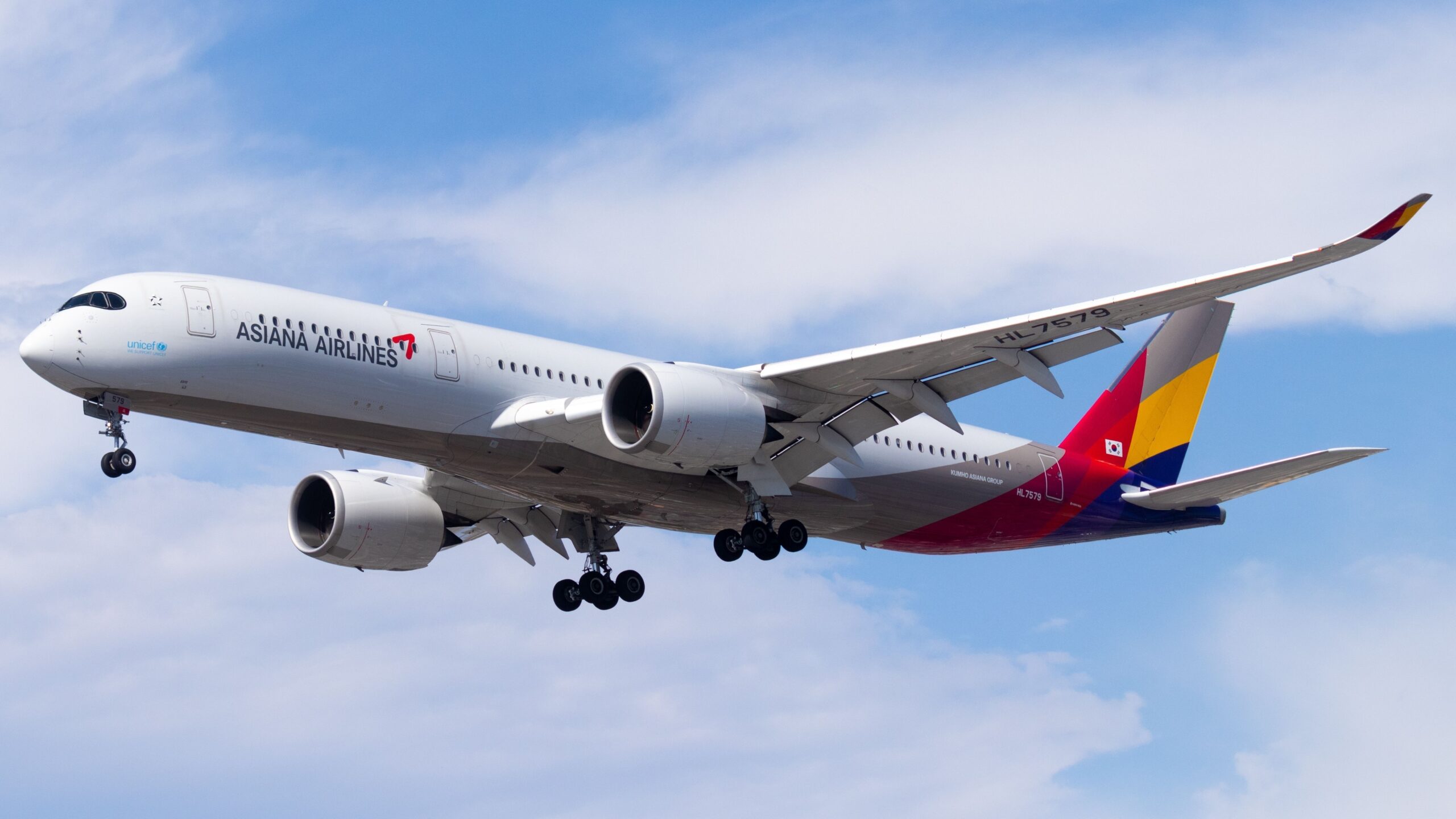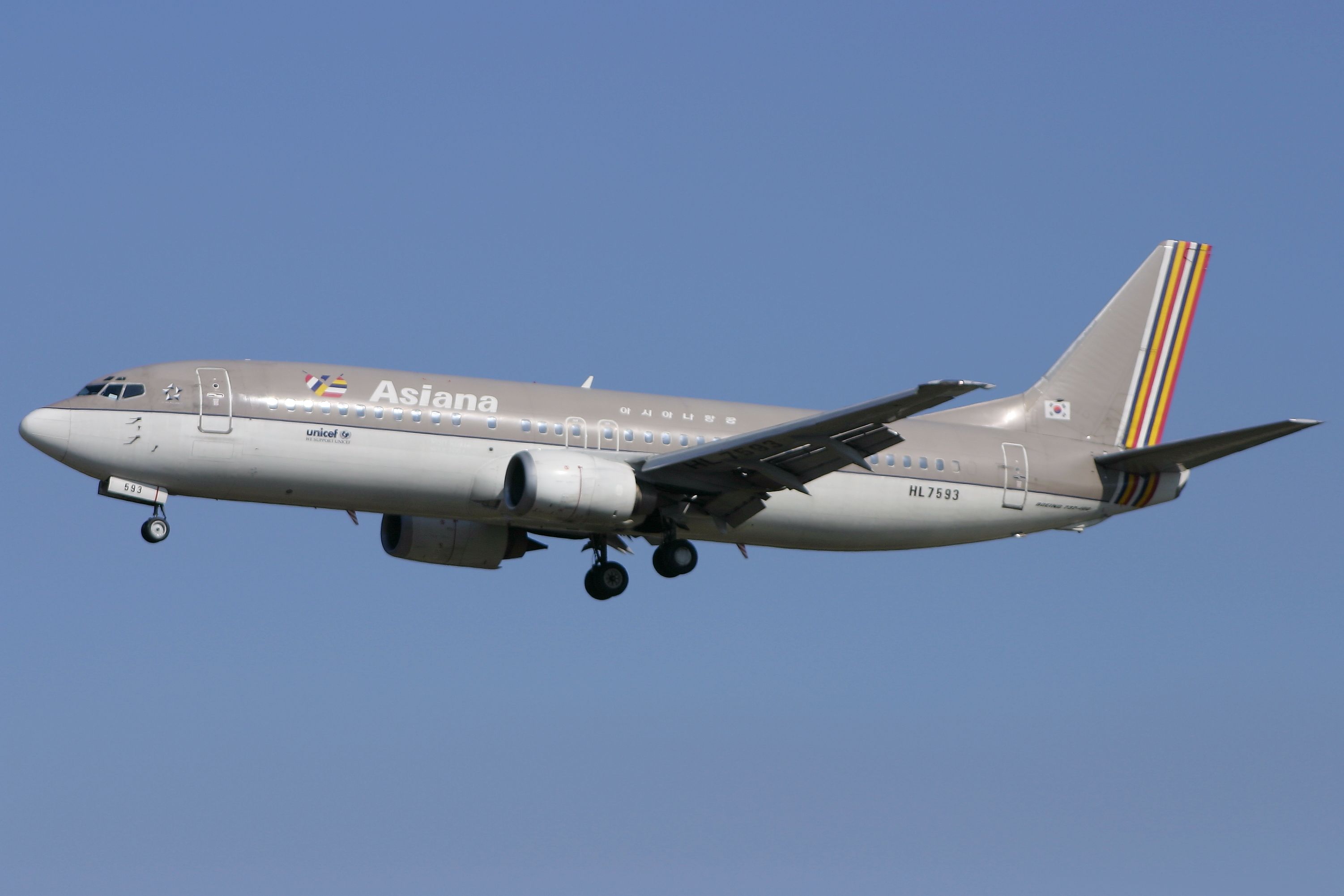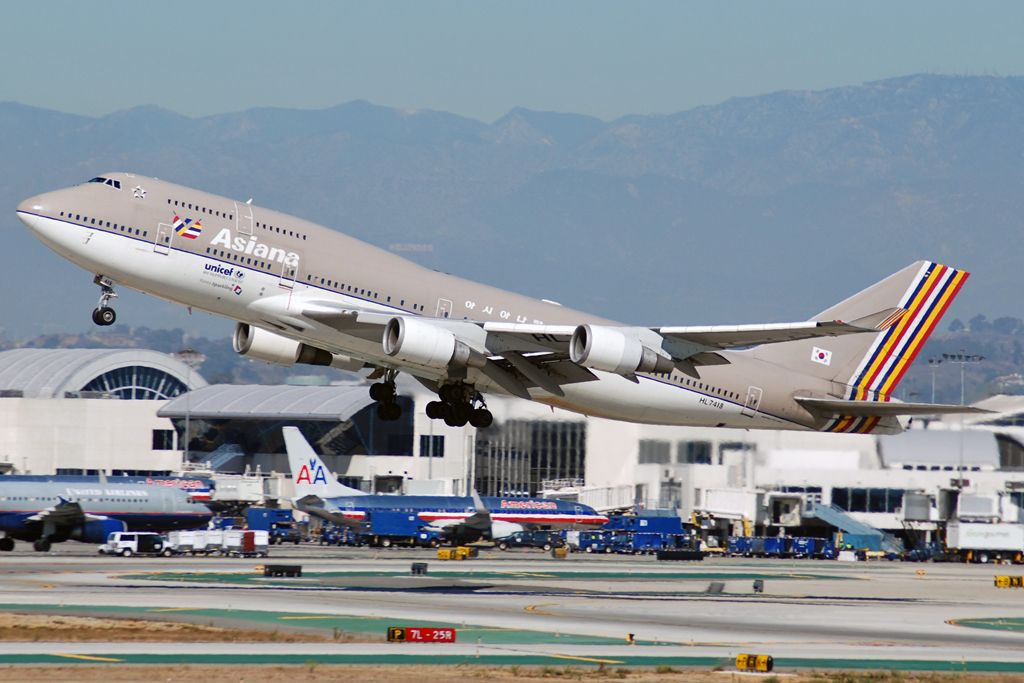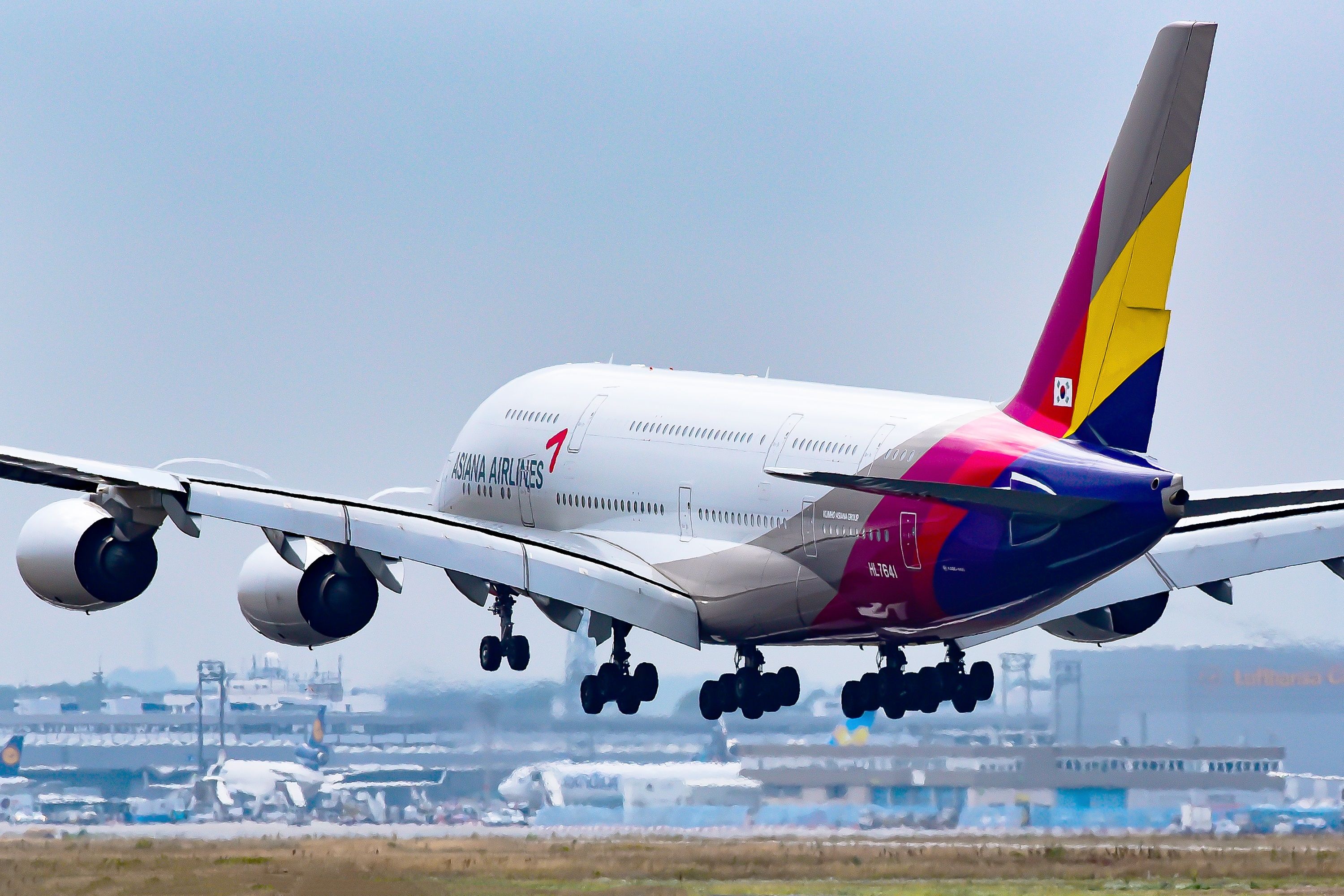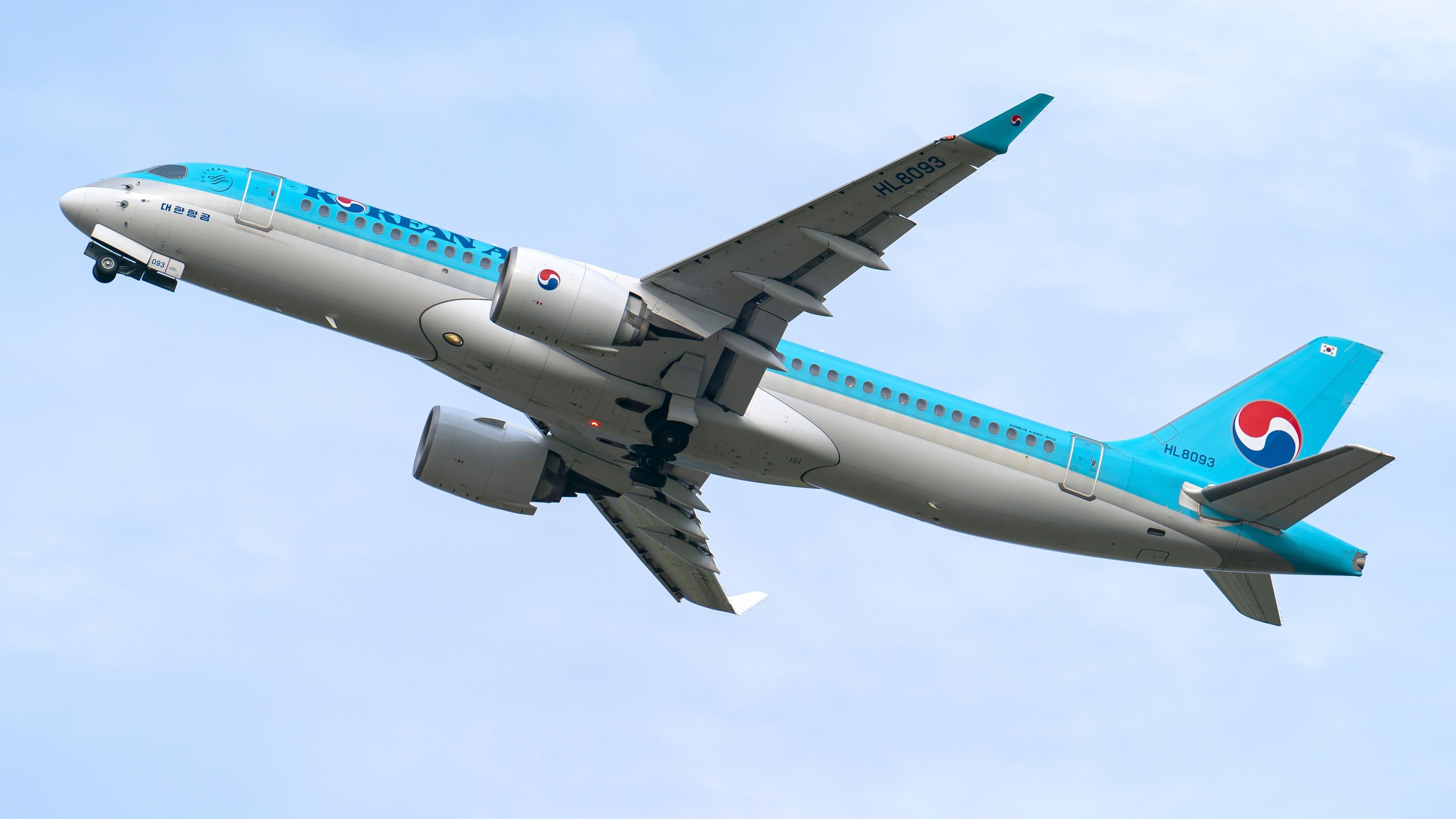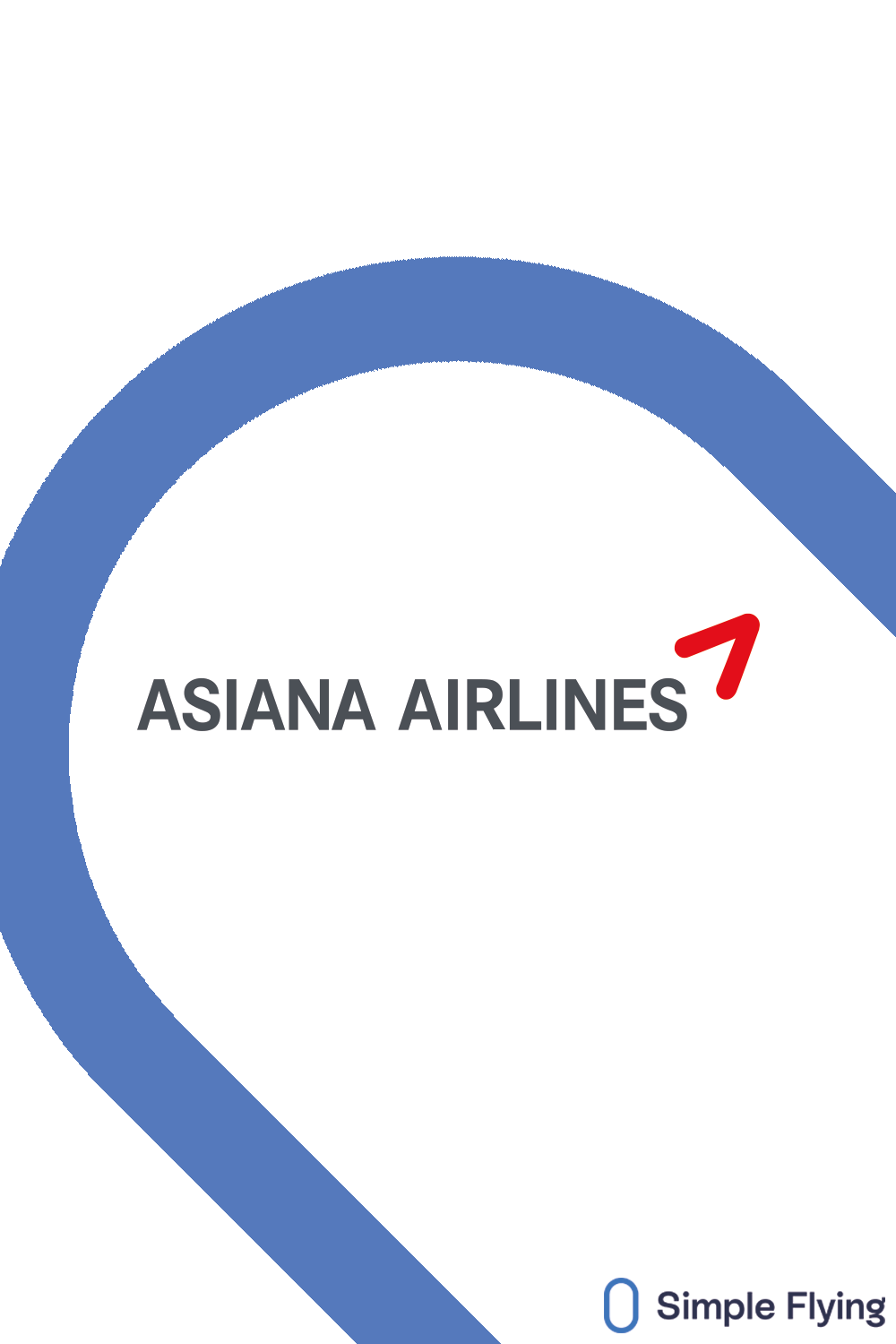Over the last 35 years, Asiana Airlines has established itself as a key player in South Korean commercial aviation. The carrier operates a diverse mix of Airbus and Boeing narrowbody and widebody aircraft alongside a dedicated cargo fleet. Now also a member of Star Alliance, it serves more than 90 destinations worldwide.
Asiana Airlines began life as Seoul Air International in February 1988. The airline commenced operations in December of that year, initially serving domestic routes with the Boeing 737. Widebodies and international services became part of Asiana Airlines’ operations in the early 1990s, and it hasn’t looked back, joining the Star Alliance in 2003. Data from ch-aviation shows that today, the carrier’s fleet is made up of 79 aircraft.
Breaking the monopoly
When Seoul Air International was founded in 1988, South Korea was a one-airline country, with the flag carrier Korean Air having total control of air traffic for the nation. As such, under pressure from conglomerates known as chaebols, who saw a chance for competition, the new airline came to life with backing from the Kumho Group.
Asiana Airlines’ first flights were to Busan, with the airline later adding several other domestic destinations, including Daegu, Gwanju, and, unsurprisingly, Jeju. In 2022, Seoul Gimpo to Jeju was the world’s busiest air route, with an average of 133 flights each day.
International growth
Operating out of hubs at both Seoul Gimpo and Seoul Incheon airports, the 1990s were a fruitful decade for Asiana Airlines in terms of growth. It began the decade in style, opening its first scheduled international routes to the Japanese cities of Fukuoka, Nagoya, Sendai, and Tokyo.
By December 1991, the arrival of long-haul widebody aircraft such as the Boeing 747-400 had enabled transpacific services to Los Angeles. The mid-1990s saw Honolulu added to the carrier’s list of intercontinental destinations, alongside the European pair of Brussels and Vienna. As well as the 747, the 767-300 was also a vital widebody aircraft for Asiana Airlines in the 1990s.
Moving into the 21st century, the Airbus A330 and Boeing 777 also began to play an essential role in the airline’s expanding long-haul and regional networks. It was around this time that, in 2003, Asiana Airlines became a Star Alliance member, joining the likes of Lufthansa, Air New Zealand, and Singapore Airlines.
Financial crisis and the pandemic
In 2019, Asiana Airlines’ parent company, the Kumho Group, was experiencing financial difficulties and revealed plans to sell the airline and its subsidiaries (Air Busan and Air Seoul) as a result. The following months saw the airline discontinue many unprofitable routes, such as Chicago and Delhi, and retire several of its older Boeing 747-400s and 767-300s.
Photo: Vytautas Kielaitis I Shutterstock
The pandemic and subsequent strict travel restrictions in the region hit Asiana Airlines hard, and even earlier this year, the carrier was still reporting net losses of $40 million. However, there have been more positive signs lately, including an order for 20 more Airbus A321neos and the return to service of the airline’s A380s.
Joining forces with Korean Air
At one point, it had looked as if Hyundai would acquire Asiana Airlines, but this deal ended up being canceled in September 2020. Shortly after, the Korean government announced its intention to allow Korean Air to acquire the airline, which would be an ironic end to the Asiana Airlines brand, given that it initially came into existence to challenge the flag carrier’s monopoly.
Photo: Park | Shutterstock
The two airlines are currently going through a series of regulatory steps, and although South Korean authorities have approved the merger, it has been blocked by both Japan and the European Union.
In order to satisfy the stringent requirements, Korean Air has agreed to transfer a number of European routes (including Barcelona and Paris) to the low-cost carrier T’Way Air. It would also divide Asiana Airlines’ cargo operation up among other South Korean airlines. Following these proposed changes submitted in November 2023, the European Union has yet to respond.
What do you think of Asiana Airlines’ history? Have you flown with the carrier? What do you think of the proposed merger with Korean Air? Share your thoughts and experiences by commenting below.
Source: ch-aviation

